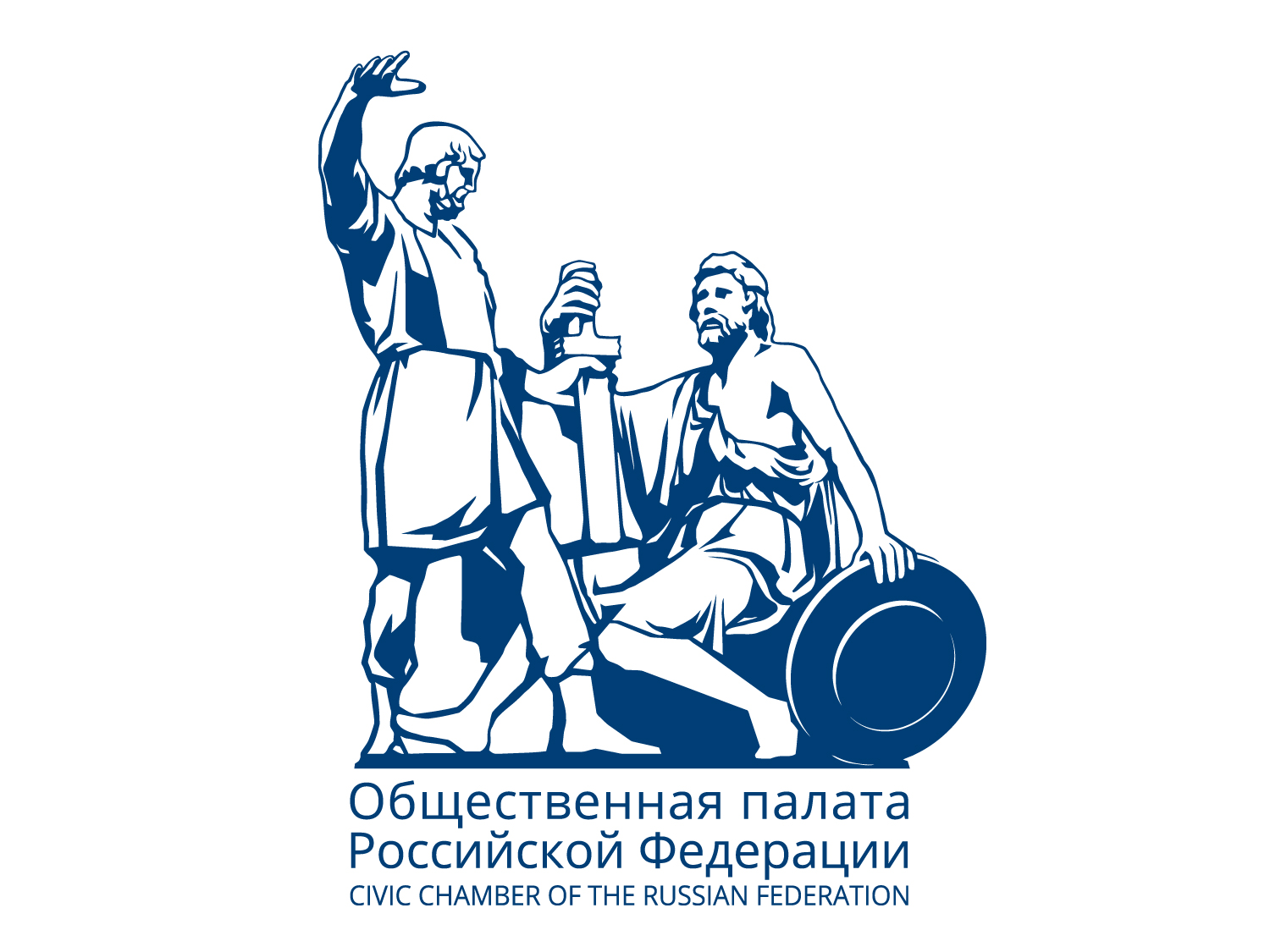
Jörg Morré
Dr. Jörg Morré has been Director of the German-Russian Museum in Berlin-Karlshorst since 2009. He is a member of the scientific advisory board of the German War Graves Commission and the German-Russian Historians' Commission. Starting in 1996, he was a research associate at the memorial sites Sachsenhausen and Bautzen. Following his study trips to Leningrad and Moscow, he received his Ph.D. at the Chair of Eastern European History of Ruhr-University Bochum. For a short time, he worked as a teacher. Jörg Morré studied history, Russian language and literature, and educational science at the Free University of Berlin and the University of Hamburg. He was born in Berlin in 1964.
How to preserve the memory of the victory over Nazism
We can keep the memory of the victory over Nazism alive by taking the path of dealing with the past together. In Berlin-Karlshorst, we have a common place for doing this. At the historic site of the end of the war in Europe, where the Wehrmacht surrendered on 8 May 1945, there is a German-Russian Museum. Not only Russians and Germans share this place. Belarusians and Ukrainians are also involved in the work of the museum. After the German reunification in 1990, the former Soviet "Museum of the Unconditional Surrender of Fascist Germany in the Great Patriotic War 1941−1945" became a jointly run museum. The leading history and military history museums of Russia and Germany work together on an institutional level in Karlshorst, as do the World War museums of Kyiv, Minsk, and Moscow. These 25 years of cooperation, with a significant number of professional as well as friendly and personal contacts, comprise a solid foundation of a vivid and lasting remembrance.
The memory of the victory over Nazism is deep-rooted in German thinking. It had to be that way.
The memory of the victory over Nazism is deep-rooted in German thinking. It had to be that way.
Only by decisively coming to terms with the Nazi crimes did Germany have a chance of being accepted back into the family of nations
For German society, this was a long journey. By the end of the war in 1945, very few Germans felt liberated. They were concerned about their fate. The war was lost, the cities destroyed in the bombing raids, and many had been forced to flee their homes — from East Prussia, Silesia, and Pomerania. Some people had been indeed liberated by the Allied soldiers from the concentration camps and prisons. But they were only a minority. Nowadays, it is bitter to admit that back in 1945, most Germans saw themselves forced to be liberated from Nazism.
Dealing with the Nazi legacy in Germany was a complicated process that took place in two distinct societies. One Germany, the German Democratic Republic, GDR, claimed to be the one that had decisively broken with the Nazi past. In a sense, this was true, since the political leaders of the GDR were Communists who had survived Nazi persecution in prison or had fled into Soviet exile. But still, it was not exactly right, because the country’s commitment to anti-fascism alone did not automatically relieve every German of their Nazi past. In the other Germany, the Federal Republic of Germany, FRG, on the other hand, society was at first more willing to forget the Nazi past. The new state was supposed to be running; the terrible past was blocked out.
In the end, the German way of overcoming the legacy of National Socialism was successful thanks to the recognition of the victims of the Nazi dictatorship. The largest group of victims were European Jews. Around six million were killed by the SS, police and Wehrmacht. Of course, everyone saw their neighbors being taken away and never returned, but most tried to ignore it. Today, in many cities in Germany there are name stones embedded in the sidewalks of houses where Jews lived. They are called "stumbling stones": we must — and want to — stumble on our history today. In 75 years, during which historians and active citizens have been deepening the knowledge of the National Socialism history, our perception of the victims has become more complete. It has become the task of society as a whole in Germany to take a critical stance with regard to National Socialism.
Dealing with the Nazi legacy in Germany was a complicated process that took place in two distinct societies. One Germany, the German Democratic Republic, GDR, claimed to be the one that had decisively broken with the Nazi past. In a sense, this was true, since the political leaders of the GDR were Communists who had survived Nazi persecution in prison or had fled into Soviet exile. But still, it was not exactly right, because the country’s commitment to anti-fascism alone did not automatically relieve every German of their Nazi past. In the other Germany, the Federal Republic of Germany, FRG, on the other hand, society was at first more willing to forget the Nazi past. The new state was supposed to be running; the terrible past was blocked out.
In the end, the German way of overcoming the legacy of National Socialism was successful thanks to the recognition of the victims of the Nazi dictatorship. The largest group of victims were European Jews. Around six million were killed by the SS, police and Wehrmacht. Of course, everyone saw their neighbors being taken away and never returned, but most tried to ignore it. Today, in many cities in Germany there are name stones embedded in the sidewalks of houses where Jews lived. They are called "stumbling stones": we must — and want to — stumble on our history today. In 75 years, during which historians and active citizens have been deepening the knowledge of the National Socialism history, our perception of the victims has become more complete. It has become the task of society as a whole in Germany to take a critical stance with regard to National Socialism.
It is a necessary specific feature of the German view on the history of World War II that we do not focus on military victories. Only through our defeat were we liberated from Nazism
From the military point of view, the strongest moment of this defeat was the act of the unconditional surrender of the Wehrmacht, as it was finally signed in Berlin-Karlshorst on the night of 8 May 1945. The Wehrmacht had already previously agreed to end the fighting at the headquarters of the American-British troops in Reims, France. But the American General Eisenhower forced the Wehrmacht leaders to surrender at the Soviet headquarters as well. Only by confirming the surrender to the Soviet Marshal Zhukov did the Wehrmacht, as well as all Germans, lose the opportunity to evade responsibility towards the Soviet Union.
A German-Russian Museum in Berlin-Karlshorst today is a remarkable symbol. Sharing with the Germans the place where this war ended is a great gesture of reconciliation. One prerequisite definitely was that in the 1990s, German society fully faced up to the historical responsibility for the victims, suffering, and destruction caused by the German occupation in the Soviet Union. We are aware of the fate of the forced laborers from the Soviet Union who were deported to the German Reich. We know the gruesome fate of Soviet prisoners of war. And we maintain the graves and memorials of the fallen Red Army soldiers who sacrificed their lives on German soil during this war. German war graves are also maintained in the Russian Federation, Belarus, Ukraine, and the Baltic countries. All this brings our societies closer together; after all, behind every dead person, there is a fate that has an impact on family histories until today.
Together we will not forget the victory over Nazism.
A German-Russian Museum in Berlin-Karlshorst today is a remarkable symbol. Sharing with the Germans the place where this war ended is a great gesture of reconciliation. One prerequisite definitely was that in the 1990s, German society fully faced up to the historical responsibility for the victims, suffering, and destruction caused by the German occupation in the Soviet Union. We are aware of the fate of the forced laborers from the Soviet Union who were deported to the German Reich. We know the gruesome fate of Soviet prisoners of war. And we maintain the graves and memorials of the fallen Red Army soldiers who sacrificed their lives on German soil during this war. German war graves are also maintained in the Russian Federation, Belarus, Ukraine, and the Baltic countries. All this brings our societies closer together; after all, behind every dead person, there is a fate that has an impact on family histories until today.
Together we will not forget the victory over Nazism.
On the use of information
All materials on this website are available under license from Creative Commons Attribution 4.0 International and may be reproduced for non-commercial purposes, provided the source is acknowledged.
Demonstration of Nazi and fascist paraphernalia or symbols on this resource is related only to the description of the historical context of the events of the 1930−1940s, is not its propaganda and does not justify the crimes of fascist Germany.
All materials on this website are available under license from Creative Commons Attribution 4.0 International and may be reproduced for non-commercial purposes, provided the source is acknowledged.
Demonstration of Nazi and fascist paraphernalia or symbols on this resource is related only to the description of the historical context of the events of the 1930−1940s, is not its propaganda and does not justify the crimes of fascist Germany.
This is a project of the Civic Chamber of the Russian Federation and the Institute of Foreign Policy Research and Initiatives


